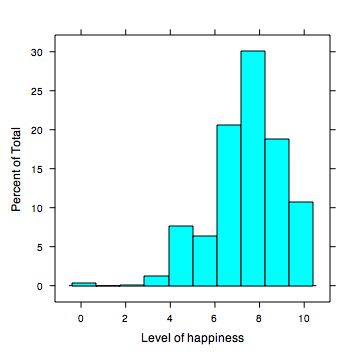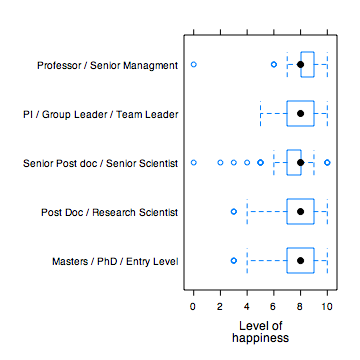When I was at the predoc course in Heidelberg I saw that a lot of my friends, real experimental biologists, where a little bit confused in which tool use to do a bioinformatic job and where to grab it.
On top of that there was another problem that was related to the big number of bioinformatics software available out there and how to make a choice between them.
So I come up with the idea of the biocompass that I will try to explain.
Biocompass will be a web-portal where scientists can ask question about specific bioinformatics topic and other user can try to give an answer, giving the idea where it’s worth to look.
Let me try to explain it with some examples:
Sarah is an experimental biologist and she has a sequence of a DNA. She want to know if this sequence is a gene and, in that case, if it function is known. However she doesn’t know how to do it.
She comes to biocompass web-portal and post the question over there. The systems checks if there are similar questions already asked, if they are the system is going to show the first 5 hits that are similar to the problem proposed by Sarah.
If Sarah is satisfied with it, she will accept the answer and the system will store original question into the database for further reference and to increase the precision of the system.
In the other case Sarah decide to post the question to the attention of the other people subscribed to the portal.
The system will ask her to categorize the question into one of the available categories, like for example genetic, molecular dynamic, philogenetic, simulation, …
She will be guided through an easy but systematica process to end up with a really well organized entry.
The system will propose a set of tags already present in the database to atick them to the question, to have a more fine-grained search later on.
Now comes another important innovation about biocompass, the filtering. Nowadays there is too much information that cannot be processed in a reasonable amount of time. That’s why we need system to filter and select only the information that we really want to know.
Andrea is a bioinformatician working on genetic alignment. She has subscribed to biocompass and she decided to follow the genetic category only. This means that she is going to receive update only when there is a new question in the genetic category, ignoring all the others; they are not is field and she cannot be helpful over there.
Andrea sees the new question coming. She is following the new questions with a RSS feed that she prefer over the mail system.
She knows the answer. A BLAST search can give an hint about the DNA sequence. She suggest to use BLAST as a starting point for the research, linking it to the BLAST page entry.
This is an internal page in biocompass, where there is a small description about the software, the link to the ufficial website, and the number of user that have found the tool useful or not to solve this problem.
The rating is given by other user that has found the software good to solve this kind of problem, giving an idea how good and useful is the software itself.
The system shows also a bunch of related softwares that can be useful to solve this kind of question (ClustulW, BLAT, …)
Sarah gets the update from biocompass with the answer coming from Andrea. She now can start the investigation about her DNA sequence.
Here we are. Biocompass has act as a real compass, to give the direction where to start. This time the needle was pointing to BLAST direction, next time is going to point somewhere else.
This article is also at http://phdblog.scampsonline.org/




